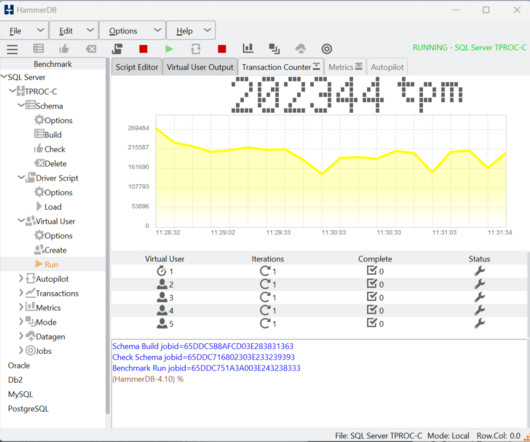Essential Relational Database Structures and SQL Tuning Techniques
DZone
FEBRUARY 27, 2024
Understanding the structures within a Relational Database Management System (RDBMS) is critical to optimizing performance and managing data effectively. Here's a breakdown of the concepts with examples. RDBMS Structures 1. Partition Partitioning in an RDBMS is a technique to divide a large database table into smaller, more manageable pieces, called partitions, without changing the application's SQL queries.













Let's personalize your content